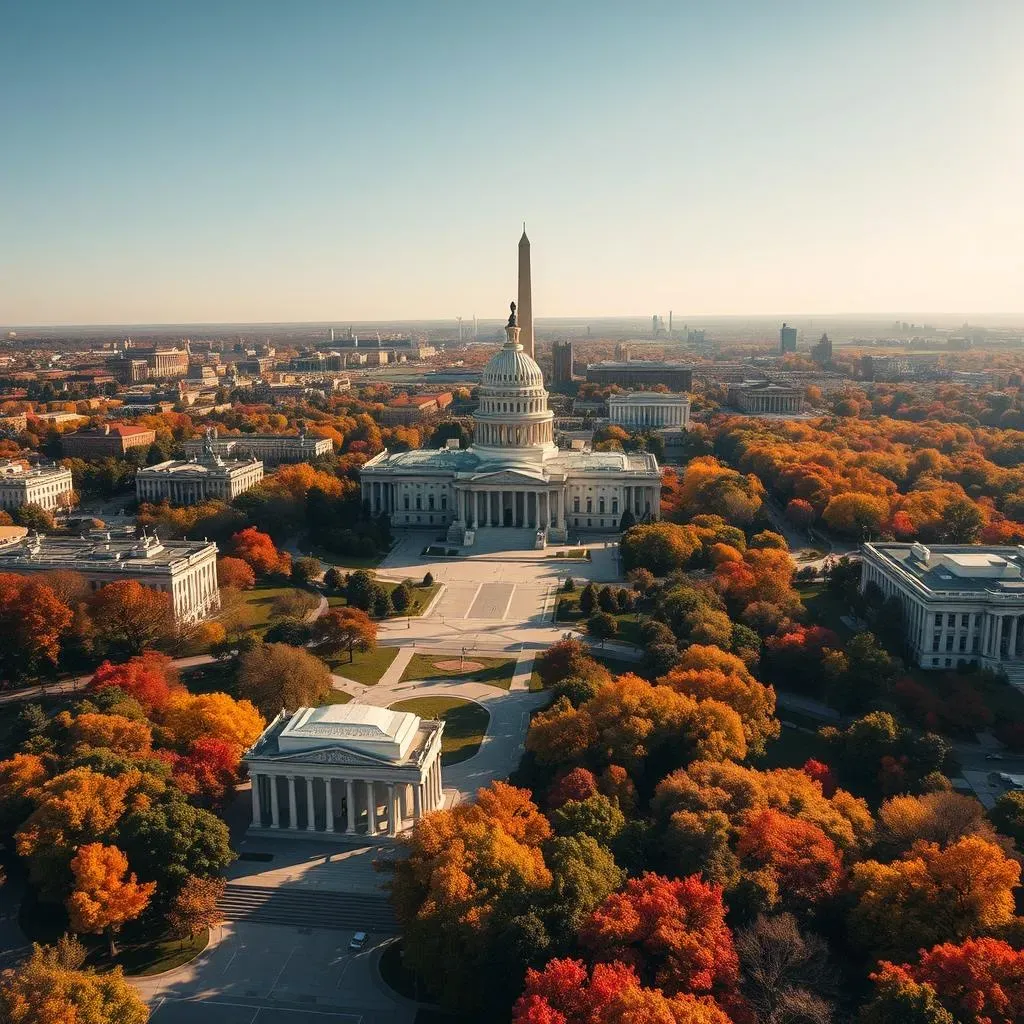Table of Contents
Welcome to the heart of America's history and culture, Washington D.C.! The city is a treasure trove of historical landmarks, monuments, and memorials that tell the story of the nation's rich past. From the grand government buildings to the homes of influential politicians, military facilities, and world-class museums, Washington D.C. is a must-visit destination for history buffs and curious travelers alike.
Discover the National Historic Landmarks of Washington, D.C.
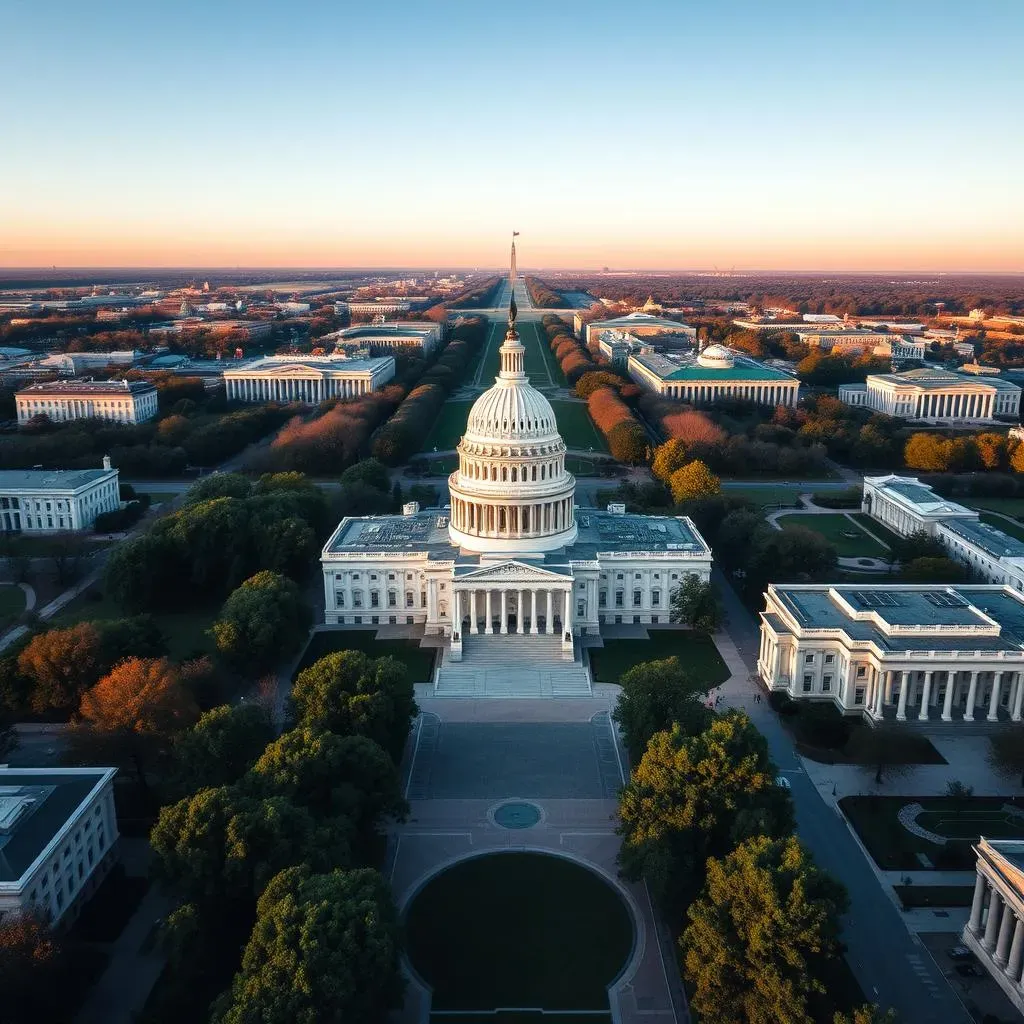
Discover the National Historic Landmarks of Washington, C.
What are National Historic Landmarks?
National Historic Landmarks are structures, districts, objects, and resources that are recognized for their national significance by the National Park Service. These landmarks are not just buildings, but also include sites, monuments, and even artifacts that have played an important role in the nation's history.
Washington D.C. is home to 76 National Historic Landmarks, each with its own unique story and significance. From the White House to the United States Capitol, these landmarks are a testament to the city's rich history and its importance in shaping the nation.
Landmark | Date Designated | Location |
|---|---|---|
White House | December 19, 1960 | 1600 Pennsylvania Avenue NW |
United States Capitol | December 19, 1960 | East Capitol Street NE |
For those interested in exploring the historic landmarks of Washington D.C., consider visiting the Smithsonian museums, which are home to many of these national treasures. The Smithsonian National Museum of American History, for example, houses artifacts such as the original Star-Spangled Banner and the First Ladies' Inaugural Gowns.
Additionally, the National Archives Building is another must-visit destination, housing important documents such as the Declaration of Independence, the Constitution, and the Bill of Rights.
Learn more about the museums in Washington D.C.
Types of National Historic Landmarks
There are three types of National Historic Landmarks: Current NHLs, Moved NHLs, and Delisted NHLs.
- Current NHLs: These are landmarks that are currently recognized as National Historic Landmarks and are listed on the National Register of Historic Places.
- Moved NHLs: These are landmarks that have been relocated from their original location and are still recognized as National Historic Landmarks.
- Delisted NHLs: These are landmarks that were once recognized as National Historic Landmarks but have since been delisted due to various reasons such as demolition or relocation.
It's worth noting that some landmarks, like the White House, the United States Capitol, and the United States Supreme Court Building, are not listed on the National Register of Historic Places but are still considered National Historic Landmarks.
For those interested in learning more about the National Historic Landmark program, the National Park Service website is a great resource. The website provides information on the program's history, the criteria for designation, and a list of all National Historic Landmarks across the United States.
Additionally, the National Park Service offers guided tours of many of the National Historic Landmarks in Washington D.C., providing visitors with a deeper understanding of the city's history and the significance of these landmarks.
Landmark | Date Designated | Location |
|---|---|---|
Cleveland Abbe House | January 11, 1974 | 2819 P Street NW |
Administration Building of the Carnegie Institution of Washington | January 7, 1976 | 1530 P Street NW |
Exploring the Iconic Monuments and Memorials of the National Mall
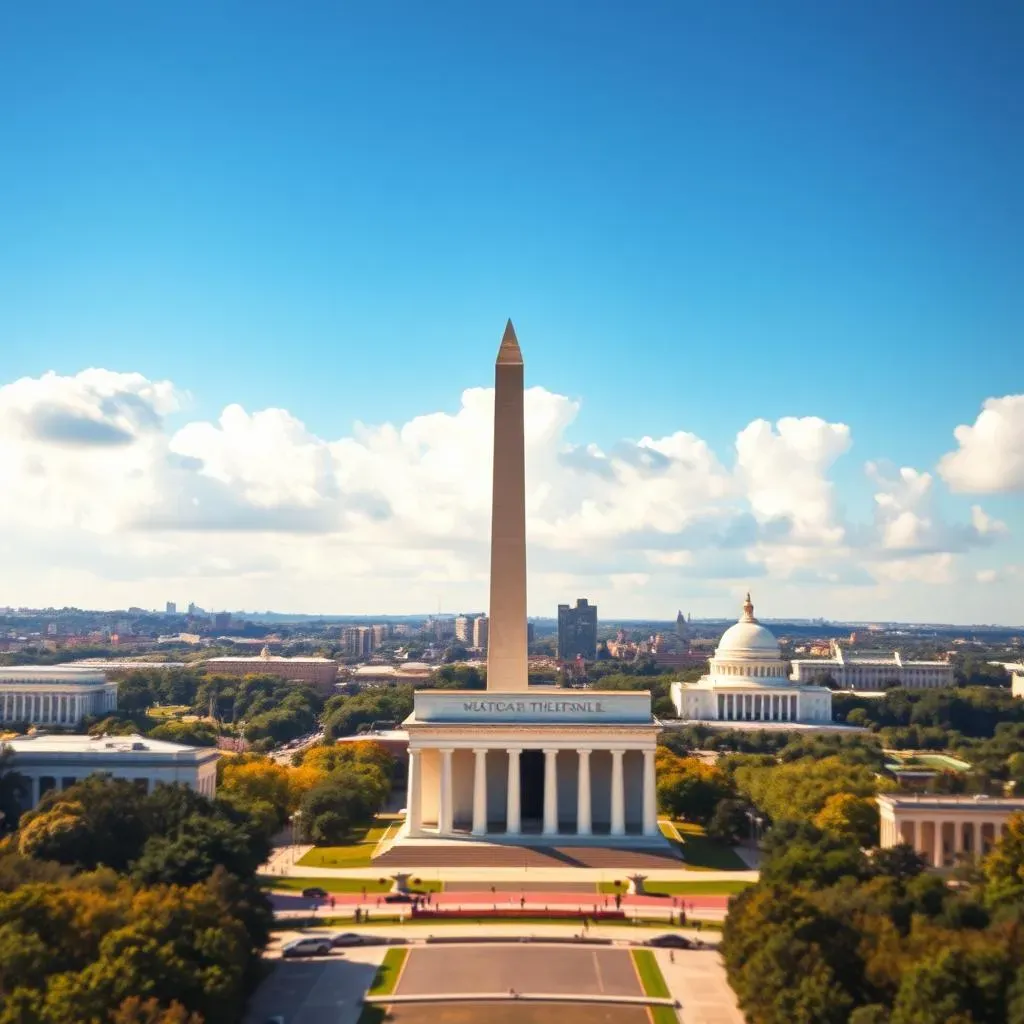
Exploring the Iconic Monuments and Memorials of the National Mall
The National Mall: A Symbol of American History
The National Mall is a two-mile stretch of parkland in the heart of Washington D.C., stretching from the United States Capitol to the Lincoln Memorial. This iconic landmark is home to numerous monuments, memorials, and museums, each with its own unique story and significance.
One of the most famous landmarks in the National Mall is the Washington Monument, a 555-foot-tall obelisk dedicated to the first president of the United States, George Washington. The monument is not only a symbol of American history but also a popular tourist destination, offering stunning views of the city from its observation deck.
Monument | Location | Year Completed |
|---|---|---|
Washington Monument | 15th Street NW | 1884 |
Lincoln Memorial | 23rd Street NW | 1922 |
For those interested in learning more about the history of the National Mall and its monuments, consider visiting the National Museum of American History, located on the National Mall. The museum offers a wealth of information on the history of the United States, including exhibits on the American Revolution, the Civil War, and the Civil Rights Movement.
Additionally, the Smithsonian National Museum of Natural History is another must-visit destination for history buffs, housing a vast collection of artifacts and specimens from around the world, including dinosaur fossils, ancient Egyptian mummies, and a giant squid.
Learn more about the top historical sites in Washington D.C.
Exploring the Memorials and Monuments of the National Mall
The National Mall is home to numerous memorials and monuments, each with its own unique story and significance. Some of the most famous memorials include the World War II Memorial, the Vietnam Veterans Memorial, and the Martin Luther King Jr. Memorial.
One of the most famous monuments in the National Mall is the Jefferson Memorial, a neoclassical building dedicated to the third president of the United States, Thomas Jefferson. The memorial features a large statue of Jefferson and inscriptions from his writings, including the Declaration of Independence.
- World War II Memorial
- Vietnam Veterans Memorial
- Martin Luther King Jr. Memorial
For those interested in exploring the National Mall in a more unique way, consider taking a guided tour of the monuments and memorials. Many tour companies offer guided tours of the National Mall, providing visitors with a deeper understanding of the history and significance of each landmark.
Additionally, the National Mall is also home to many events and festivals throughout the year, including the National Cherry Blossom Festival, the Smithsonian Folklife Festival, and the Fourth of July Celebration.
Event | Date | Location |
|---|---|---|
National Cherry Blossom Festival | March 20 - April 15 | National Mall |
Smithsonian Folklife Festival | June 26 - July 6 | National Mall |
Uncovering the Hidden Gems of Washington, D.C.'s Historical Districts
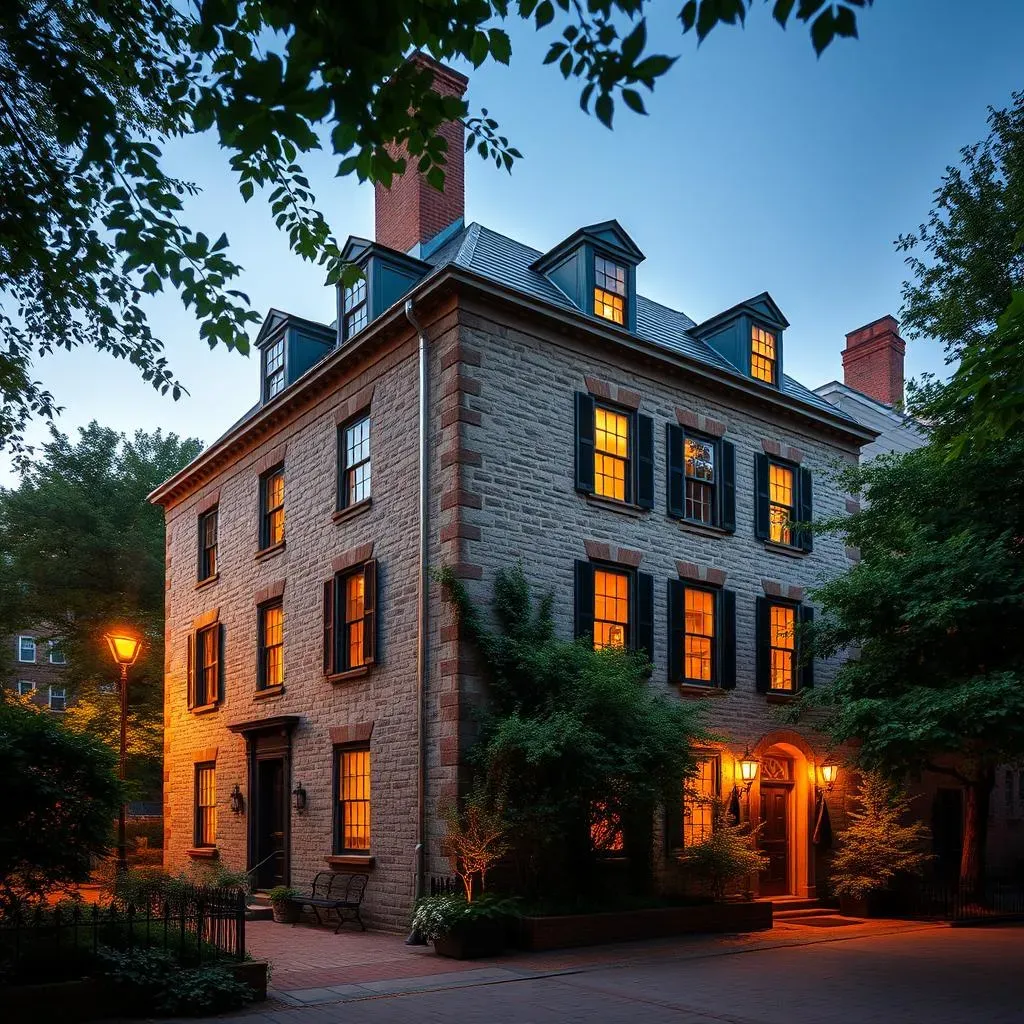
Uncovering the Hidden Gems of Washington, C.'s Historical Districts
Exploring the Historic Districts of Washington, D.C.
Washington, D.C. is a city steeped in history, with numerous historical districts that offer a glimpse into the nation's past. From the charming streets of Georgetown to the historic homes of Capitol Hill, each district has its own unique character and significance.
One of the most famous historical districts in Washington, D.C. is the Georgetown Historic District, which is home to many 18th and 19th-century buildings, including the Old Stone House, the oldest building in Washington, D.C.
Historic District | Location | Notable Landmarks |
|---|---|---|
Georgetown Historic District | Georgetown, Washington, D.C. | Old Stone House, Georgetown University |
Capitol Hill Historic District | Capitol Hill, Washington, D.C. | United States Capitol, Supreme Court Building |
For those interested in exploring the historical districts of Washington, D.C., consider taking a guided tour. Many tour companies offer guided tours of the city's historic districts, providing visitors with a deeper understanding of the history and significance of each landmark.
Additionally, the Smithsonian National Museum of American History is a great resource for those interested in learning more about the history of Washington, D.C. and its historical districts. The museum offers exhibits on the history of the city, including its early days as a small town to its current status as the nation's capital.
Learn more about historical day trips in Virginia
Discovering the Hidden Gems of Washington, D.C.'s Historical Districts
While many of the historical districts in Washington, D.C. are well-known, there are also many hidden gems that are worth exploring. One such gem is the Blagden Alley historic district, which is home to many 19th-century buildings, including the Blagden Alley Warehouse and the Gadsby's Tavern.
Another hidden gem is the Mount Vernon Square historic district, which is home to many historic buildings, including the Mount Vernon Square United Methodist Church and the historic home of Alexander Graham Bell, the inventor of the telephone.
- Blagden Alley Historic District
- Mount Vernon Square Historic District
- Georgetown Historic District
For those interested in exploring the hidden gems of Washington, D.C.'s historical districts, consider visiting the National Archives Building, which is home to many historical documents and artifacts, including the Declaration of Independence, the Constitution, and the Bill of Rights.
Additionally, the Smithsonian National Museum of American History is also a great resource for those interested in learning more about the history of Washington, D.C. and its historical districts. The museum offers exhibits on the history of the city, including its early days as a small town to its current status as the nation's capital.
Historic District | Location | Notable Landmarks |
|---|---|---|
Blagden Alley Historic District | Blagden Alley, Washington, D.C. | Blagden Alley Warehouse, Gadsby's Tavern |
Mount Vernon Square Historic District | Mount Vernon Square, Washington, D.C. | Mount Vernon Square United Methodist Church, Alexander Graham Bell's historic home |
Planning Your Historic Day Trip in Washington, D.C.
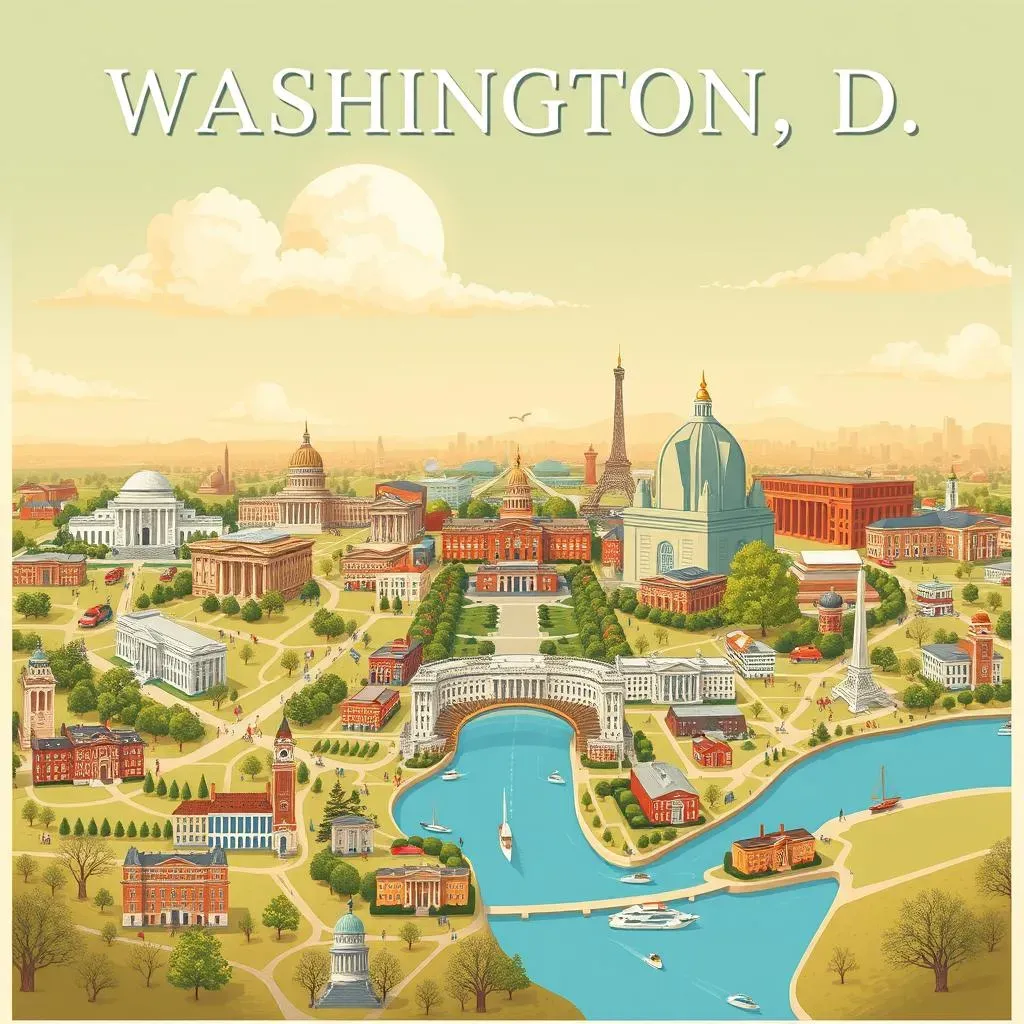
Planning Your Historic Day Trip in Washington, C.
Planning Your Day Trip
When planning your historic day trip in Washington, D.C., there are several things to consider. First, decide which landmarks and historical sites you want to visit. Some popular options include the National Mall, the Smithsonian museums, and the historic districts of Georgetown and Capitol Hill.
Next, consider the time of year and weather when planning your trip. Summer months are peak tourist season, but can be hot and humid. Spring and fall are ideal times to visit, with mild temperatures and fewer crowds. Winter months can be cold, but offer a serene and peaceful atmosphere.
Popular Landmarks | Location | Best Time to Visit |
|---|---|---|
National Mall | Constitution Avenue NW | Spring, Fall |
Smithsonian Museums | Various locations | Year-round |
Learn more about historical day trips in Virginia
Some other tips to consider
Additionally, consider purchasing a SmarTrip card, which can be used to pay for public transportation and skip lines at popular attractions. It's also a good idea to pack comfortable walking shoes, as you'll likely be doing a lot of walking during your day trip.
For those interested in exploring the city's historic districts, consider taking a guided tour. Many tour companies offer guided tours of the city's historic districts, providing visitors with a deeper understanding of the history and significance of each landmark.
Historic District | Location | Guided Tours |
|---|---|---|
Georgetown Historic District | Georgetown, Washington, D.C. | Yes |
Capitol Hill Historic District | Capitol Hill, Washington, D.C. | Yes |
For those interested in learning more about the history of Washington, D.C. and its landmarks, consider visiting the Smithsonian National Museum of American History. The museum offers exhibits on the history of the city, including its early days as a small town to its current status as the nation's capital.
Additionally, the National Archives Building is another must-visit destination, housing important documents such as the Declaration of Independence, the Constitution, and the Bill of Rights.
Learn more about exploring colonial history in Massachusetts
